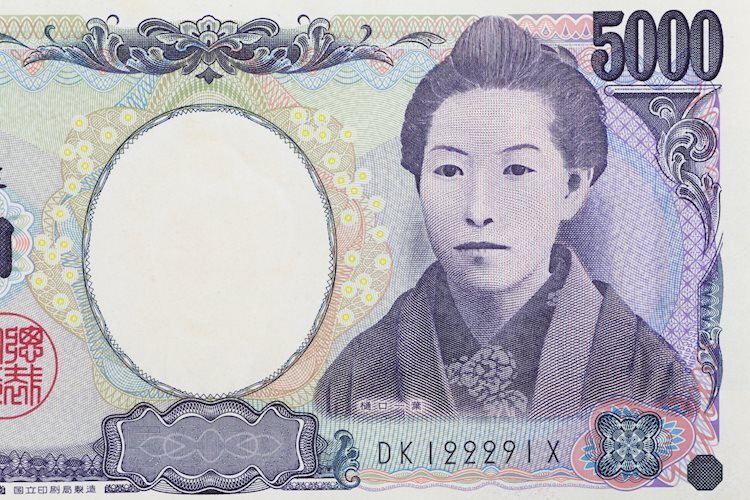- USD/JPY clings to gains near 149.00 with FOMC minutes on the horizon.
- The US core CPI is expected to have grown at a steady pace of 3.2% in September.
- The Japanese Yen will be influenced by the PPI data for September.
The USD/JPY pair remains firm near a seven-week high around 149.00 in Wednesday’s North American session. The asset exhibits strength ahead of the Federal Open Market Committee (FOMC) minutes for the September meeting, which will be published at 18:00 GMT.
In the policy meeting, the Fed reduced its key borrowing rates by 50 basis points (bps) to 4.75%-5.00%. This was the first dovish decision by the Fed in more than two-and-a-half years as officials were worried about deteriorating labor demand with increasing confidence that inflation would return sustainably to the bank’s target of 2%.
Meanwhile, the US Dollar (USD) performs strongly as market participants are not expecting the Fed to cut interest rates again by 50 bps in November. The US Dollar Index (DXY), which gauges Greenback’s value against six major currencies, posts a fresh seven-week high near 102.80.
Investors will pay close attention to the FOMC minutes to get views of all officials about the likely interest rate action in the last quarter of the year. According to the CME FedWatch tool, traders have priced in two rate cuts of 25 bps in each of the remaining two meetings this year.
Going forward, the major trigger for the US Dollar will be the US Consumer Price Index (CPI) data for September, which will be published on Thursday. The core CPI -which excludes volatile food and energy prices – is estimated to have grown steadily by 3.2%.
On the Tokyo front, investors will focus on Japan’s Producer Price Index (PPI) data for September, which will be published on Thursday. Prices of goods and services at factory gates are estimated to have risen at a slower pace of 2.3% from 2.5% in August. Signs of producer inflation remaining persistent would prompt expectations of more hikes by the Bank of Japan (BoJ).
Fed FAQs
Monetary policy in the US is shaped by the Federal Reserve (Fed). The Fed has two mandates: to achieve price stability and foster full employment. Its primary tool to achieve these goals is by adjusting interest rates. When prices are rising too quickly and inflation is above the Fed’s 2% target, it raises interest rates, increasing borrowing costs throughout the economy. This results in a stronger US Dollar (USD) as it makes the US a more attractive place for international investors to park their money. When inflation falls below 2% or the Unemployment Rate is too high, the Fed may lower interest rates to encourage borrowing, which weighs on the Greenback.
The Federal Reserve (Fed) holds eight policy meetings a year, where the Federal Open Market Committee (FOMC) assesses economic conditions and makes monetary policy decisions. The FOMC is attended by twelve Fed officials – the seven members of the Board of Governors, the president of the Federal Reserve Bank of New York, and four of the remaining eleven regional Reserve Bank presidents, who serve one-year terms on a rotating basis.
In extreme situations, the Federal Reserve may resort to a policy named Quantitative Easing (QE). QE is the process by which the Fed substantially increases the flow of credit in a stuck financial system. It is a non-standard policy measure used during crises or when inflation is extremely low. It was the Fed’s weapon of choice during the Great Financial Crisis in 2008. It involves the Fed printing more Dollars and using them to buy high grade bonds from financial institutions. QE usually weakens the US Dollar.
Quantitative tightening (QT) is the reverse process of QE, whereby the Federal Reserve stops buying bonds from financial institutions and does not reinvest the principal from the bonds it holds maturing, to purchase new bonds. It is usually positive for the value of the US Dollar.
Read the full article here

